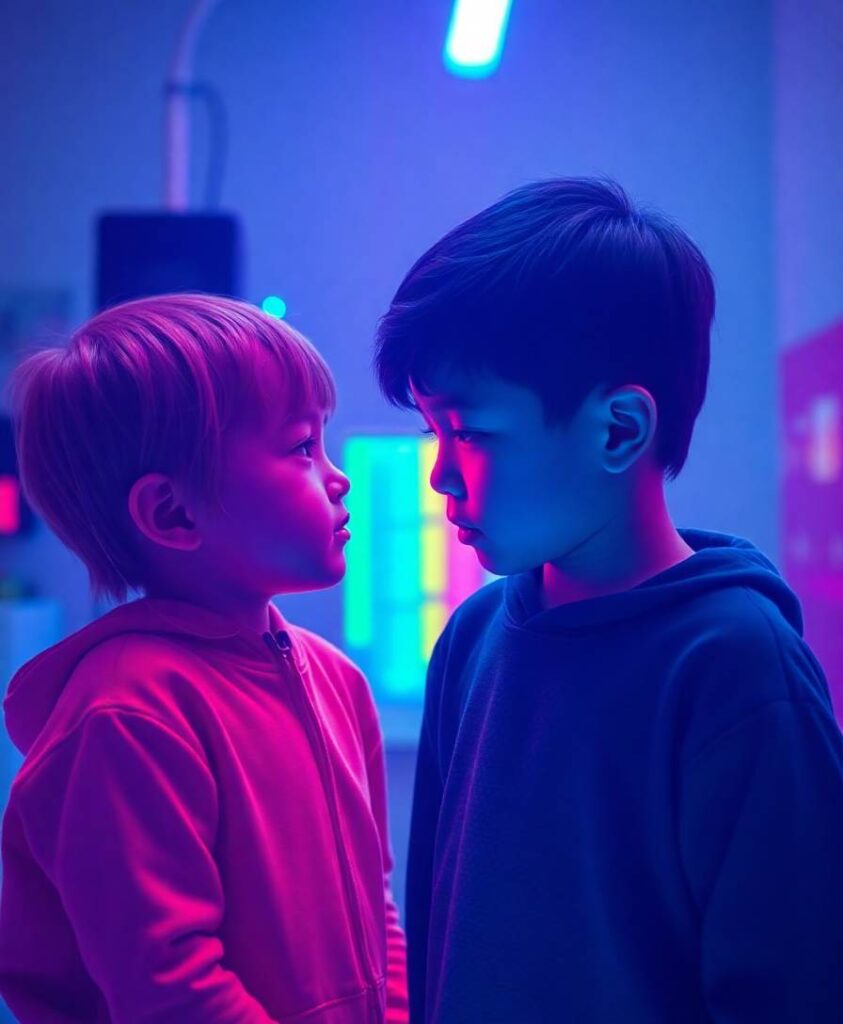Abstract
Tense/aspect morphology on verbs is often thought to depend on event features like telicity, but it is not known how speakers identify these features in visual scenes. To examine this question, we asked Japanese speakers to describe computer-generated animations of simple actions with variation in visual features related to telicity. Experiments with adults and children found that they could use goal information in the animations to select appropriate past and progressive verb forms. They also produced a large number of different verb forms. To explain these findings, a deep-learning model of verb production from visual input was created that could produce a human-like distribution of verb forms. It was able to use visual cues to select appropriate tense/aspect morphology. The model predicted that video duration would be related to verb complexity, and past tense production would increase when it received the endpoint as input. These predictions were confirmed in a third study with Japanese adults. This work suggests that verb production could be tightly linked to visual heuristics that support the understanding of events.



